Shigatse - Monastery of the Panchen Lama
Thursday, May 22, 2014
 Shigatse, Tibet, China
Shigatse, Tibet, China
Shigatse is the second largest city in Tibet and by some
measures the second highest city in the world at 3,850 meters (about 12,800
feet) after Potosi, Bolivia . That depends, of course, on just how you define a
city. Shigatse is the main city of the Tibet’s Tsang region and used to be a
rival of Lhasa for political control of the country.
The Tashilhunpo Monastery in Shigatse is one of the six main
monasteries of the Gulugpa (Yellow Hat) sect of Tibetan Buddhism and is the
seat of the Panchen Lama, the second highest ranking Lama in Tibetan Buddhism
after the Dalai Lama. My understanding is that the Chinese are more tolerant of
the Panchen Lama because (unlike the Dalai Lama) they no longer made any claim
to political leadership in Tibet. After the Chinese invasion the Panchen Lama
remained in China under a form of house arrest in Beijing for most of his life.
There is some controversy over his appropriate replacement, the new Panchen
Lama, after the previous one died with many viewing the newly found
reincarnation as being too subservient to Chinese interests.
The relative lack of conflict with Chinese authorities may partly
explain the opulence of Tashilhunpo Monastery . Of the four Gelugpa monasteries
I visited in the Tibetan world of the six major ones, I thought Tashilunpo was
the most impressive in terms of temples and other buildings in the complex,
many of which are actually rather modern creations.
As with Lhasa, Shigatse has both an old Tibetan city and a
modern new Chinese one with wide boulevards in a grid pattern ad lots of bland
modern concrete, tile and glass covered buildings. I’ve read descriptions of
the Tibetan parts which describe them as atmospheric and dusty, but even there
it seemed like most houses were being modernized, so short on atmosphere but
probably much better living conditions than what the Tibetans who live there
had before. WE hear a lot in the west about Chinese repression in Tibet but a
lot less about China’s massive spending on infrastructure and improving living
conditions in Tibet, sending designed to integrate Tibet into the country and
placate the population with better living conditions. Without the huge infusion
of Chinese money Tibet would likely still be as impoverished as Nepal on the
other side of the Himalayas .
One thing that has changed in China since my visits in 2006
and 2007 is access to Internet which used to be pretty free. Nowadays most
people, including most Chinese, access the Internet from their smartphones or
personal computers, so (as in most of the world) Internet cafes are dying out.
I was back to using them, though, since my MS Surface tablet stopped working
months before. PCs and phones are apparently registered in China so the
authorities are able to track subversive activity. Nowadays, though, there’s no
longer anonymous use of Internet cafes; you have to have a local government issued
ID card which is recorded by the attendant. Shigatse was the only place in
China where I managed to use an Internet café, other times occasionally borrowing
someone else’s PC for WiFi. The boy working at the desk at the café across the
street from our hotel was very flirty and let me use a computer on two
occasions.
One my last night in Shigatse I walked the Kora around the
walled perimeter of the monastery complex. Walking the Kora is something unique
to the Tibetan version of Buddhism and involves walking in a clockwise
direction around a sight of spiritual significance, often a holy number of
times such as 3, 27, or 108 times. In Lhasa I’d see thousands of people walking
the Kora around the Jokhang Temple and the Potala, but in Shigatse before dusk
there were likely just many hundreds, many carrying and spinning hand held
prayer wheels, many praying, some spinning all the payer wheels in the wall, a
few wearing kneepads and gloves traveling prostating themselves for the entire
route.
Other Entries

 Shigatse, Tibet, China
Shigatse, Tibet, China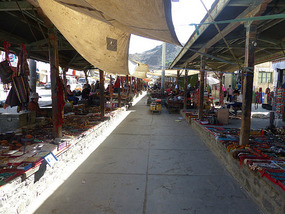
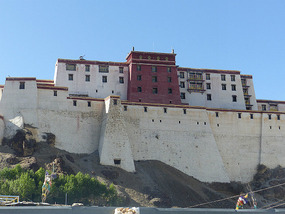
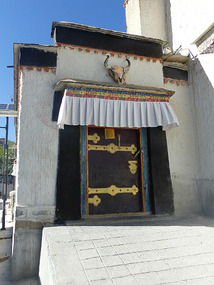



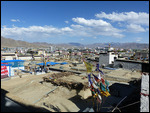
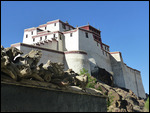
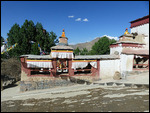
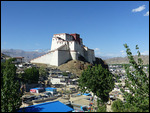
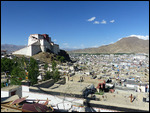
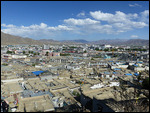
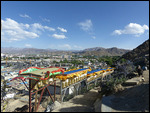
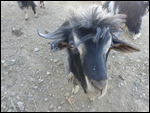

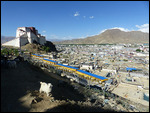
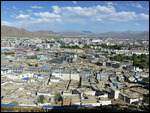
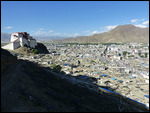
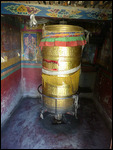
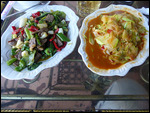

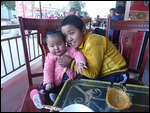
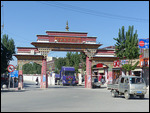
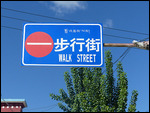
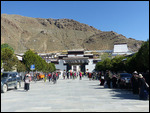
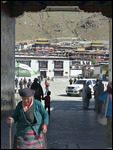
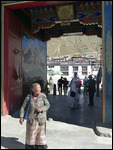
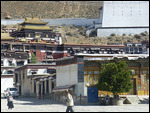
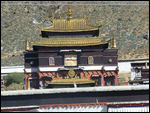
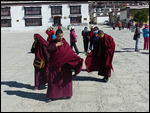
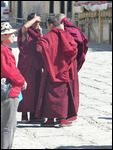

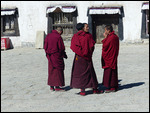
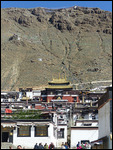
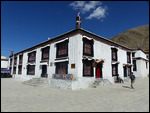
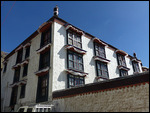
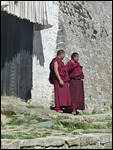
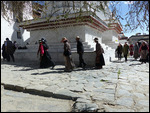
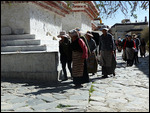
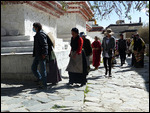
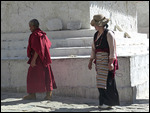
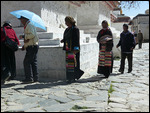
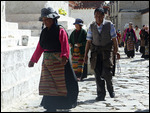
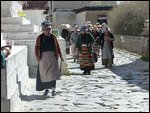
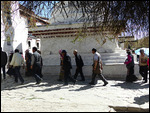
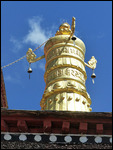
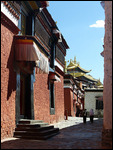
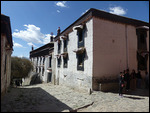
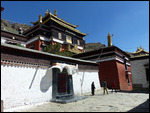
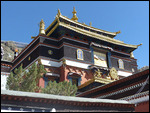
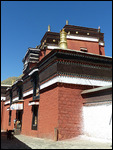
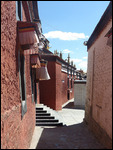
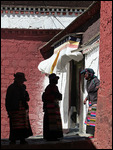
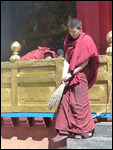
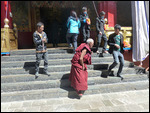

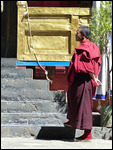
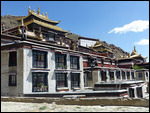
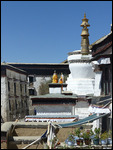
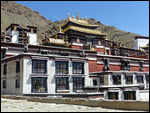
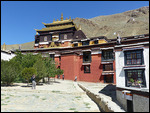
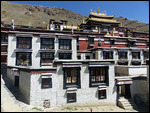

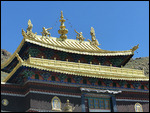
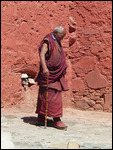
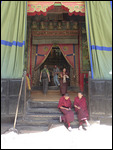
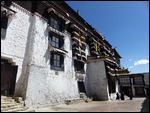
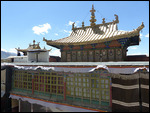
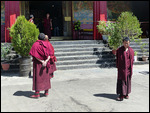
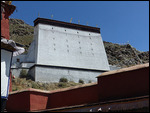
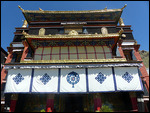
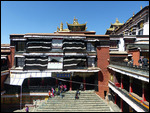
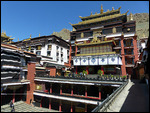
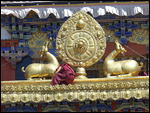
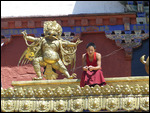
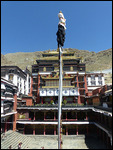

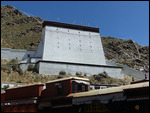
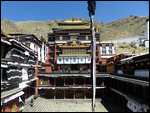
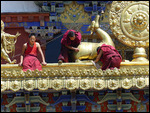
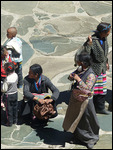
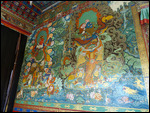
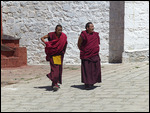
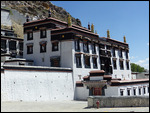
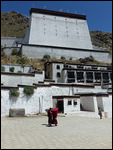
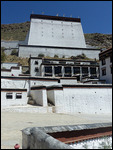
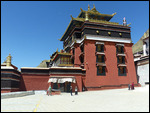
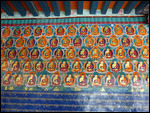
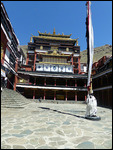
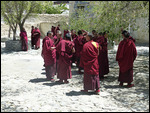
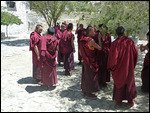
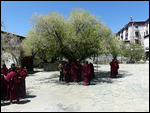
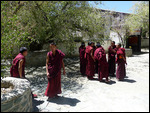
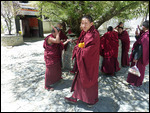

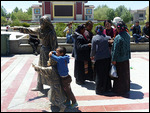
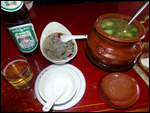

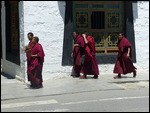
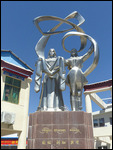
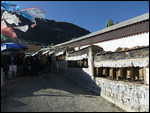
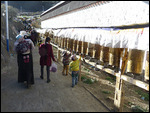
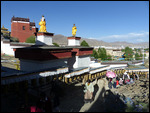
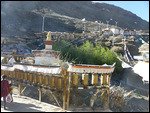
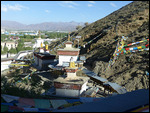
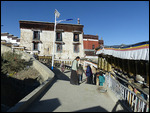
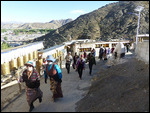
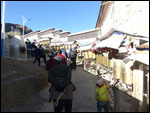
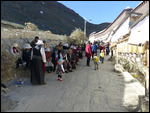
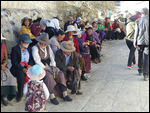
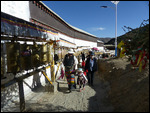
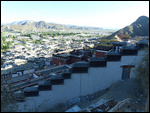
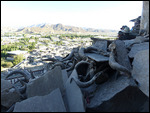
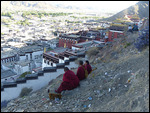

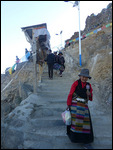
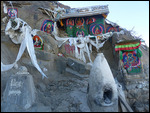
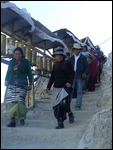
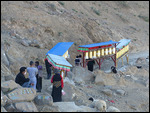
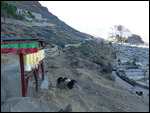

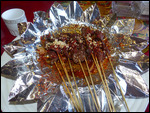

2025-05-22